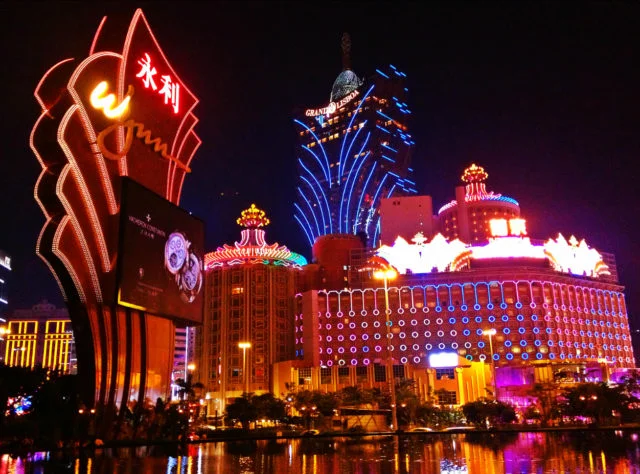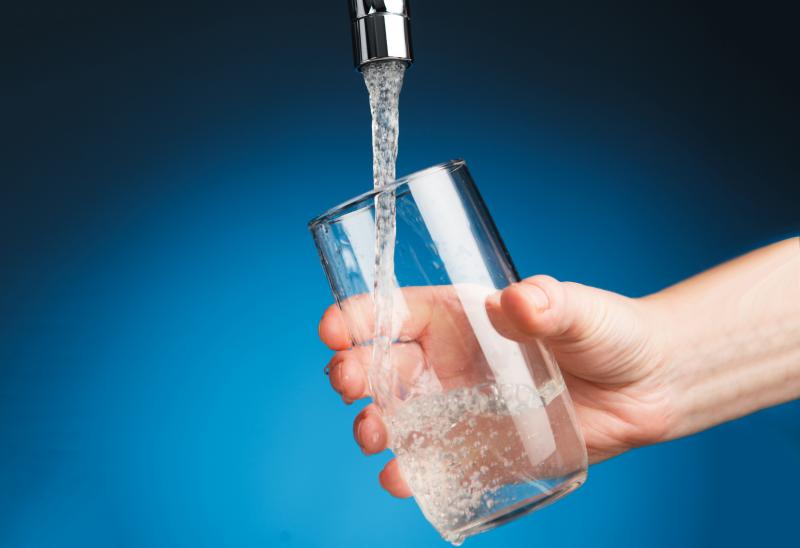What Is The Process Of Water Filtration?
The water filter process can be a bit confusing if you’re not aware of what happens with your water once it enters the house. Water departments do a lot of work to make sure that the water they send out is safe to drink, but they can’t catch everything. Even if the water is perfectly clear and clean when it leaves the plant, there are other things that can happen along the way before it makes its way into your glass.
Put simply, filtration systems are designed to trap anything that might have gotten into the pipes on its way to your faucet—from industrial pollutants and lead to sediments and rust. There are actually two types of filtration systems: one uses granular activated carbon (GAC), while the other uses reverse osmosis (RO). Both accomplish essentially the same thing, but each process differs in how it does so.
How Do Water Filters Work?
Water filtration is the most important part of any water treatment process. The primary purpose of filtering is to physically remove contaminants from drinking water. This is accomplished by passing the water through a screen-like object called a water filter media. The media can be composed of almost any material, as long as it has the capability to allow water to pass while stopping solids from moving through.
The size of the pore in the media determines how effectively it will remove certain contaminants. As water comes into contact with the filter, solids in suspension become entrapped and collide with one another. A filter’s performance is measured by the size of the space between the media, which are referred to as pore sizes. The smaller the pore size, the more substances that are removed from the water. Smaller pore sizes also decrease the rate and volume at which water can be filtered.
Types of Water Filtration
There are a number of different filtration systems that can be installed in a home, each one using a slightly different filter media and filtering process. Here are a few types of water filtration systems available:
Charcoal Filters: Water filter processes are often used in households to purify water for drinking purposes. Most of the filters today utilize charcoal or “activated charcoal.” This is because activated charcoal has a large surface area and a porous structure, making it effective in absorbing impurities from tap water. Some other filtration processes are able to remove contaminants and even odor, but charcoal is still the most effective in removing chemical impurities from tap water.
Reverse Osmosis Filtration System: Reverse-osmosis systems are very effective at reducing the level of pesticides, petrochemicals, and chloroform in drinking water. Reverse Osmosis is a process that forces water through an ultra-thin, semi-permeable membrane. The process separates water from impurities by allowing only water molecules to pass through the membrane by diffusion. The impurities are trapped in the membrane as concentrate and set to be disposed of as wastewater.
Ion Exchange Water Filters: Water ion exchange filter systems are used to remove dissolved minerals from water. They have an advantage over other water purifiers in that they do not use potentially harmful chemicals in the purifying process. The water is passed through a resin that exchanges ions with the dissolved mineral molecules, resulting in a neutralization of the effects of scale buildup and corrosion water purifier service.
Ultraviolet (UV) Filtration Systems: UV filtration systems aren’t enough to purify water on its own since it prioritizes destroying bacteria and viruses instead of filtering minerals and other contaminants. As such, they are usually paired with one of the other filtration methods. UV systems destroy bacteria without adding any taste or odor to the water, unlike chemical disinfectants that may be added when dangerous pathogens, like E. coli, are suspected to be present. They aren’t enough to purify water on its own since it prioritizes destroying bacteria and viruses instead of filtering minerals and other contaminants. As such, they are usually paired with one of the other filtration methods.
Distillation Water Filtration System: Distillation is one of the most reliable and effective methods for extracting pure water from any source. It is one of the oldest, most basic methods of purifying water, and it has withstood the test of time. The distillation process begins when water or another liquid is heated to its boiling point. As it boils, steam forms, which will contain fewer impurities than the liquid, because these impurities are left behind as solids in the boiling vessel. This steam then cools off and condenses back into a liquid, which is completely pure water.











